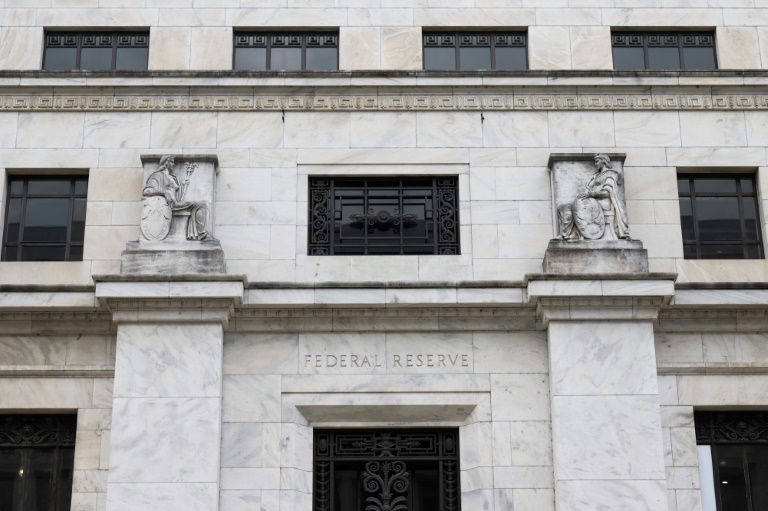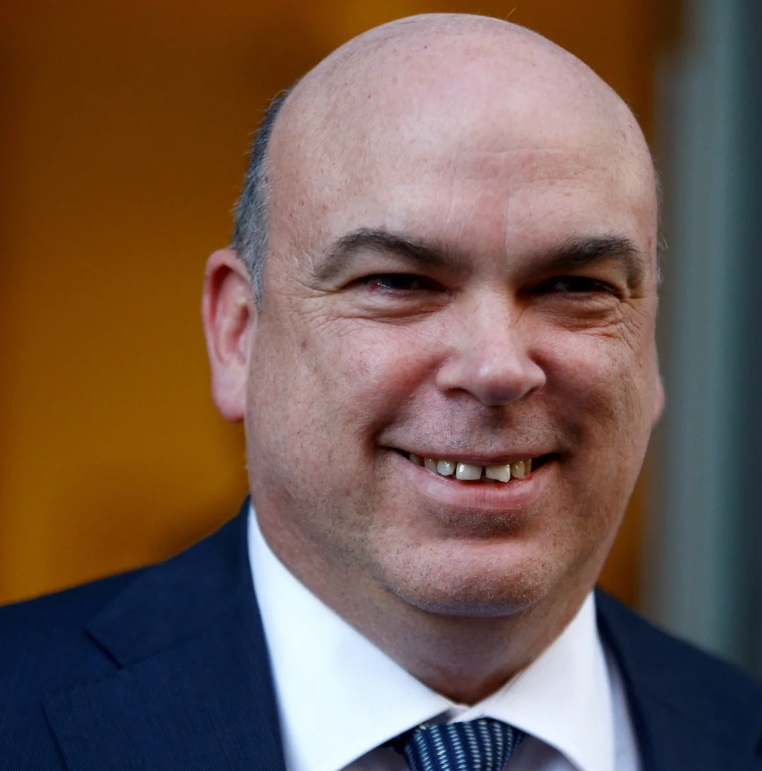Vice President Kamala Harris will undoubtedly tout the Inflation Reduction Act (IRA) in nearly every stump speech as her party’s biggest legislative accomplishment of the past four years.
But it’s about to backfire on her. The law’s changes to Medicare are colliding with the complex reality of the U.S. healthcare system — and leaving many seniors worse off than before.
Both monthly premiums and out-of-pocket costs are soaring or will go up — so much so that the Biden-Harris administration is currently engineering one of the largest-ever taxpayer funded bailouts to prevent notices of huge premium hikes from hitting seniors’ mailboxes just before the election.
The IRA redesigned Medicare in ways that have nearly tripled the cost of insuring the average senior. The national average bid amount — essentially, insurers’ estimated monthly cost of coverage per enrollee — will increase from $64.28 in 2024 to $179.45 in 2025, according to a notice that the Biden-Harris administration sheepishly released in late July.
Obviously, a 179% increase in insurance costs — with the increases for each specific plan announced in October — would enrage seniors. So to avert electoral disaster, the administration is cobbling together an unprecedented bailout, effectively agreeing to fork over tens of billions of taxpayer dollars to insurers to shield seniors from enormous premium hikes.
A massive increase in deficit-financed government spending won’t deliver on the promise to reduce inflation inherent in the “Inflation Reduction” Act.
Higher premiums would be easier to stomach if out-of-pocket costs were also going down. But risk consulting firm Milliman recently projected that millions of Medicare beneficiaries will see their out-of-pocket drug costs increase because of the law.
The higher costs are the result of the interplay between one of the IRA’s most popular provisions — the $2,000 cap on annual out-of-pocket spending — and one of its most controversial: price controls on brand-name drugs.
The problem is how patients progress toward the $2,000 cap. Most Medicare Part D plans require patients to pay 25% of their medicine’s price out-of-pocket. But some plans only require beneficiaries to pay a set dollar amount — known as a copay — for their prescriptions.
The math is wonky — but the takeaway is that seniors enrolled in plans that feature flat copays, rather than a 25% coinsurance payment, will likely pay more out-of-pocket for price-controlled drugs than they would have if those medicines weren’t price-controlled.
Milliman’s analysis suggests that 3.5 million Medicare beneficiaries could face increased out-of-pocket costs in 2026, with the average senior in that group spending 12% more than they otherwise would have.
The price hikes are more severe for vulnerable groups. Low-income beneficiaries could see their costs jump by 27%, while those enrolled in employer plans might face a staggering 29% increase.
Congress should fix both soaring premiums and rising out-of-pocket costs. What should not happen is what the Vice President suggests — expanding the IRA’s drug price controls and benefit caps onto private coverage.
All employees would face dramatically higher premiums and potentially higher costs. Many would lose coverage. Until these problems are ironed out, any expansion is premature and ill-advised.
The Inflation Reduction Act, like so many Democratic healthcare policies, is poorly designed. In the rush to pass such sweeping legislation along purely partisan lines, lawmakers overlooked key nuances. And now, the chickens are coming home to roost.
Joel White is the President of the Council for Affordable Health Coverage, a non-profit advocacy organization that seeks to lower the cost of health care for all Americans.







